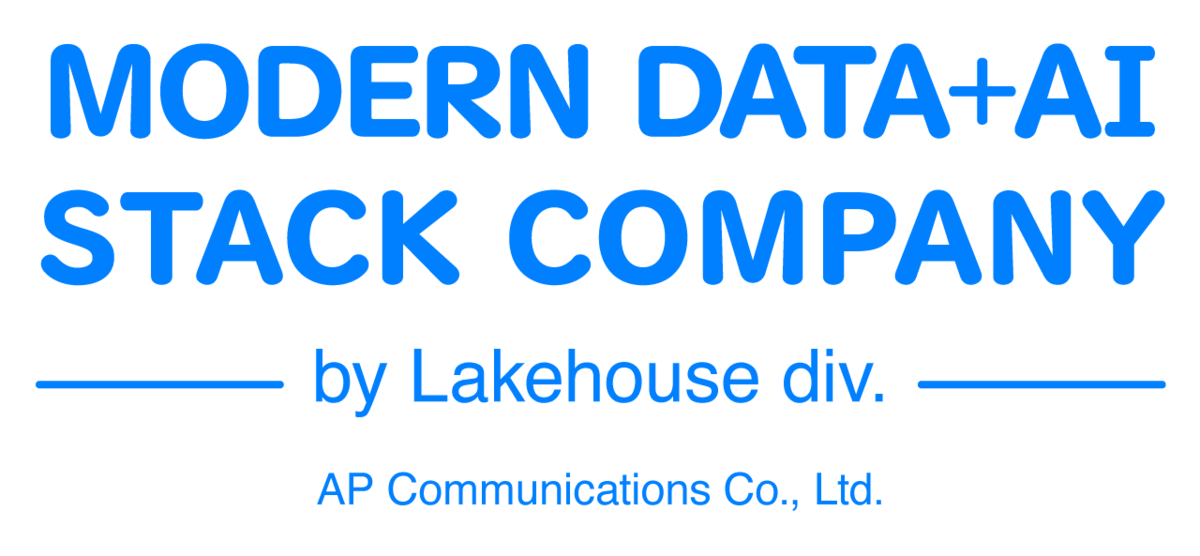Planning and Executing Data Warehouse Migration from Snowflake to Databricks: An In-depth Look
This is Johann from the Global Engineering Department of the GLB Division.
In this article, I would like to discuss data warehouse migration, specifically the transition from Snowflake to Databricks. This is the first part of a two-part series.
Introduction
This presentation was given by Ram Venkat, the leader of Databricks' migration practice, and Satish Garla, the tech lead and practice lead of the migration team. They provided a detailed explanation of the challenges and considerations involved in migrating a data warehouse from Snowflake to Databricks. This presentation is extremely beneficial for data engineers and data analysts considering data warehouse migration, data professionals interested in cloud data analysis frameworks, and business leaders interested in data-driven approaches.
Overview of Migration
So, what exactly is data warehouse migration? It's a process that requires different approaches depending on factors such as workload size, data size, and integration complexity. By taking these factors into account and planning and executing appropriately, a smooth migration can be achieved.
Databricks Migration Practice
The Databricks engine supports data warehouse and AI workloads and eliminates the need for proprietary cloud storage. This makes data movement and management easier. Additionally, Databricks' Unity Catalog provides a governance layer and future assurance for hosting AI and data science workloads. This ensures data consistency and security.
Importance of Unity Catalog and Data Pipelines
Understanding the big picture of the Unity Catalog is extremely important in data warehouse migration. The Unity Catalog plays a central role in data warehouse operations, such as data discovery, catalog creation, data policy and security policy creation, and data lineage visualization.
What is the Discovery Phase of Migration?
The discovery phase of data migration refers to the phase where the current data environment is thoroughly understood and the compatibility with the migration destination environment is checked before planning and executing the migration. In this phase, it is important to consider elements such as architecture, infrastructure, and planning.
Summary
Data warehouse migration from Snowflake to Databricks can be smoothly carried out with proper planning and execution. When migrating, it is necessary to consider the size of the workload, the size of the data, and the complexity of the integration. Also, by utilizing the features of Databricks, it becomes easier to move and manage data and ensure security. In the next article, I will explain in detail the code migration and data load process in data warehouse migration from Snowflake to Databricks. I will also explain the advantages of the Lakehouse architecture in data pipeline and transformation management. Stay tuned!
Conclusion
This content based on reports from members on site participating in DAIS sessions. During the DAIS period, articles related to the sessions will be posted on the special site below, so please take a look.
Translated by Johann
Thank you for your continued support!
